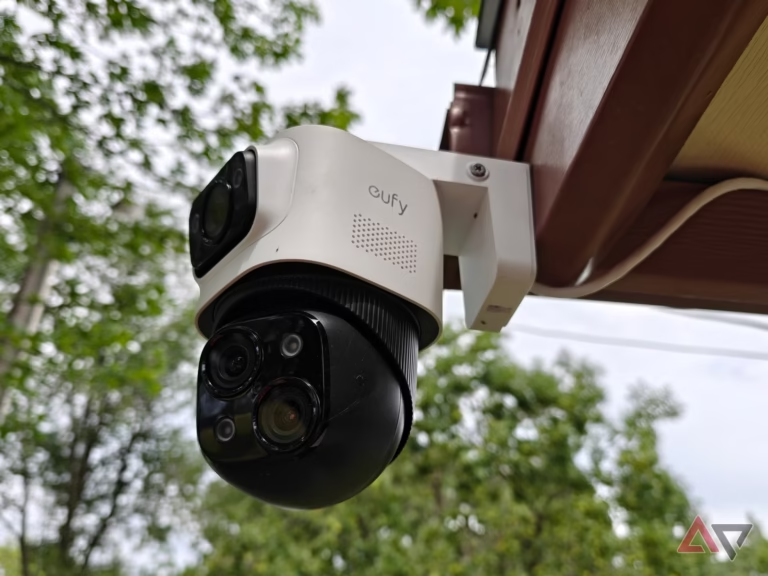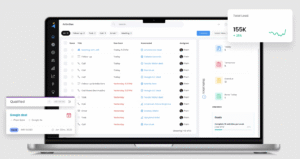Artificial Intelligence (AI) is reshaping almost every sector of society, and one of the most impactful applications lies in security. In today’s world, where threats are becoming increasingly complex, the need for advanced monitoring systems has never been greater. AI Video Surveillance has emerged as a transformative solution, going beyond traditional monitoring methods to offer intelligent, proactive, and adaptive security measures. This evolution is redefining how organizations, governments, and even individuals protect assets, people, and environments.
The Evolution of Video Surveillance
Traditional video surveillance relied on human operators to monitor live footage and identify suspicious activities. While effective to some extent, it was prone to human error, fatigue, and limitations in real-time response. The advent of digital systems brought higher-quality recordings and storage capabilities, but the true revolution came with the integration of AI.
AI Video Surveillance combines machine learning, computer vision, and deep learning technologies to analyze video data in real time. This shift allows systems not only to record events but also to interpret behaviors, recognize patterns, and generate actionable insights instantly. Instead of passively storing footage, modern systems proactively prevent incidents by identifying risks before they escalate.
Core Functions of AI Video Surveillance
Real-Time Threat Detection
One of the most valuable features of AI Video Surveillance is its ability to detect threats as they happen. From spotting unattended bags in airports to identifying aggressive behavior in public spaces, AI algorithms can analyze video feeds continuously. Unlike human monitors, these systems never tire or lose focus, ensuring that potential threats are flagged immediately.
Facial Recognition Technology
Facial recognition is a powerful tool integrated into many AI Video Surveillance systems. It enables quick identification of individuals in crowded spaces, cross-referencing against databases of known offenders or missing persons. This function supports law enforcement agencies, event security, and even workplace safety by preventing unauthorized access.
Object and Activity Recognition
Beyond faces, AI can recognize objects such as weapons, vehicles, or suspicious packages. It can also monitor activities, distinguishing between normal and abnormal behavior. For instance, loitering in restricted areas or sudden gatherings can trigger instant alerts. This proactive analysis is vital in preventing crimes or accidents.
Automated Alerts and Reporting
AI Video Surveillance systems integrate with communication networks to send automated alerts to security personnel. Whether via text message, mobile app, or centralized control room, decision-makers receive immediate notifications. These alerts are often supported by visual evidence and analytical reports, enhancing the speed and accuracy of response.
Advantages of AI Video Surveillance
Enhanced Accuracy and Efficiency
Human errors in surveillance are inevitable due to fatigue, distractions, or the overwhelming volume of footage. AI reduces these errors by offering consistent and accurate monitoring. Systems can process vast amounts of data within seconds, highlighting only what is relevant and critical.
Cost-Effectiveness in the Long Term
Although initial investments in AI Video Surveillance may be high, they save costs in the long term. The automation of monitoring reduces reliance on large security teams, and early threat detection minimizes losses from theft, vandalism, or accidents. Businesses and public authorities find that the return on investment is significant.
Crime Deterrence
The presence of intelligent surveillance itself acts as a deterrent. Knowing that AI-driven cameras are capable of identifying suspicious behavior makes potential offenders think twice. This contributes to creating safer environments in public places, workplaces, and residential areas.
Scalability and Integration
AI Video Surveillance systems are highly scalable, making them suitable for various applications, from small businesses to large-scale city monitoring. They integrate seamlessly with other technologies such as access control, alarm systems, and IoT devices, creating a holistic approach to safety.
Applications of AI Video Surveillance in Modern Society
Public Safety and Smart Cities
Governments are increasingly turning to AI Video Surveillance to manage urban safety. In smart cities, AI-powered cameras monitor traffic flow, detect accidents, and support law enforcement. This integration helps authorities maintain order while improving the efficiency of city operations.
Corporate and Industrial Security
Organizations rely on AI Video Surveillance to safeguard sensitive information, protect employees, and prevent theft or sabotage. In industries like manufacturing or logistics, AI also ensures compliance with safety protocols, reducing workplace accidents.
Healthcare Facilities
Hospitals and clinics use AI-driven systems to monitor patient safety, control access to restricted zones, and ensure the well-being of staff. Surveillance can detect unusual movements such as patient falls, enabling immediate assistance.
Educational Institutions
Schools and universities implement AI Video Surveillance to create safer learning environments. These systems help prevent unauthorized entry, monitor campus activities, and provide real-time alerts in case of emergencies.
Retail and Commercial Spaces
Retailers benefit greatly from AI surveillance by preventing shoplifting, monitoring customer behavior, and improving crowd management. Insights gathered from surveillance data also support business strategies, such as optimizing store layouts based on customer flow.
Ethical Considerations and Challenges
While AI Video Surveillance brings immense benefits, it also raises concerns. Privacy is a major issue, as constant monitoring may be perceived as invasive. Striking a balance between safety and individual rights is essential. Clear regulations, transparency, and responsible use of data are necessary to address these concerns.
Another challenge lies in algorithmic bias. If not trained on diverse datasets, AI systems may produce inaccurate results, particularly in facial recognition. This could lead to false identifications or discrimination. Developers and organizations must prioritize fairness and accountability in the design and deployment of surveillance systems.
The Future of AI Video Surveillance
The future of AI Video Surveillance is promising, with advancements in predictive analytics, edge computing, and 5G connectivity. Predictive analytics will enable systems to anticipate incidents before they occur, moving from reactive to preventive security. Edge computing ensures faster data processing directly at the camera level, reducing latency and reliance on cloud infrastructure. With the power of 5G, surveillance networks will handle higher volumes of data in real time, expanding their capabilities even further.
We can also expect deeper integration with other AI technologies such as natural language processing and autonomous drones. For instance, drones equipped with AI Video Surveillance may patrol large areas, transmitting real-time insights and reducing the need for human intervention in dangerous situations.
Conclusion
AI Video Surveillance is revolutionizing the way society approaches security. By combining intelligence, automation, and adaptability, it ensures a higher level of protection across public spaces, businesses, healthcare, education, and beyond. While challenges such as privacy and ethical use remain, the benefits are undeniable. As technology evolves, these systems will continue to strengthen modern safety, making environments more secure and resilient.


















